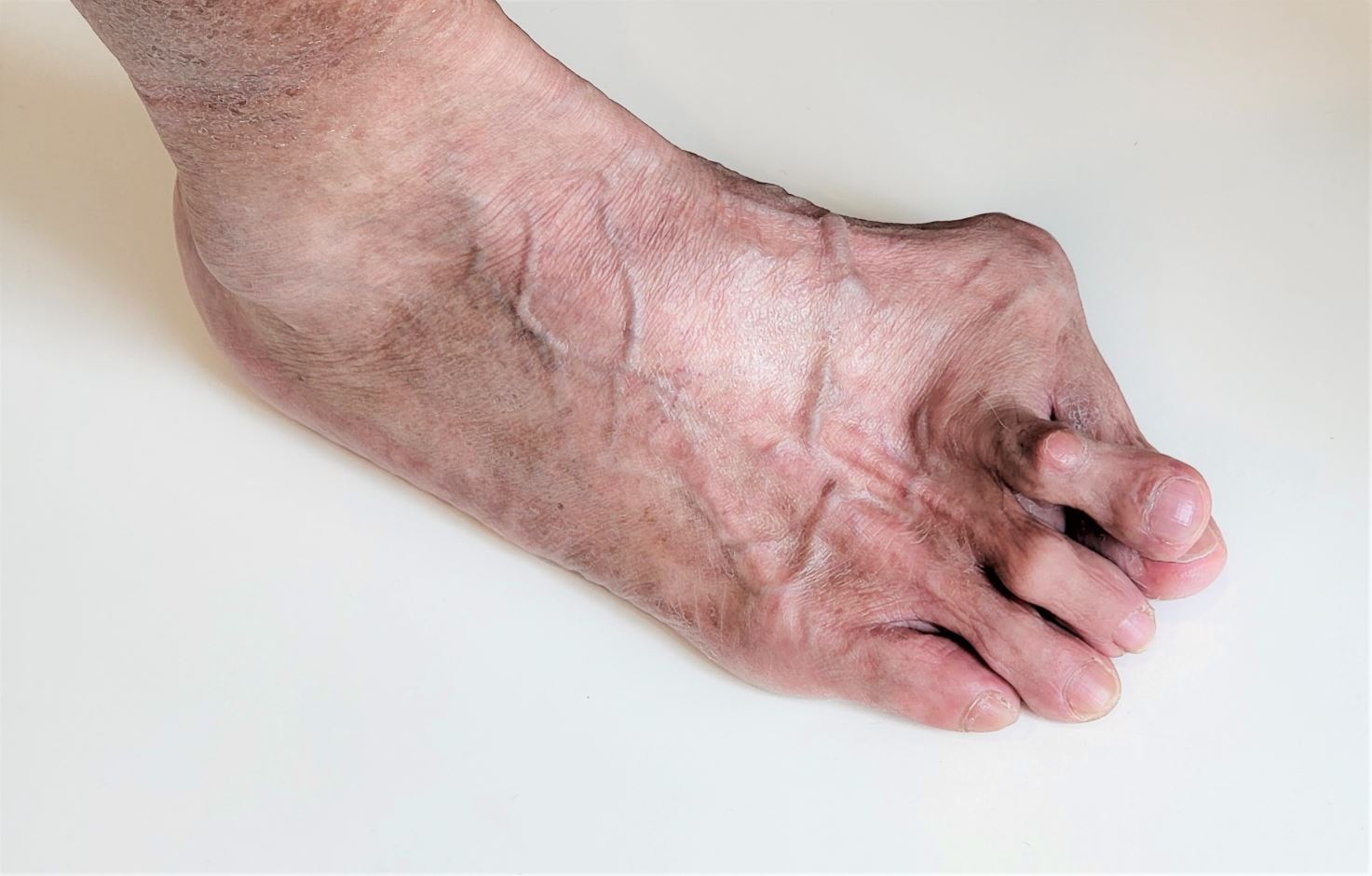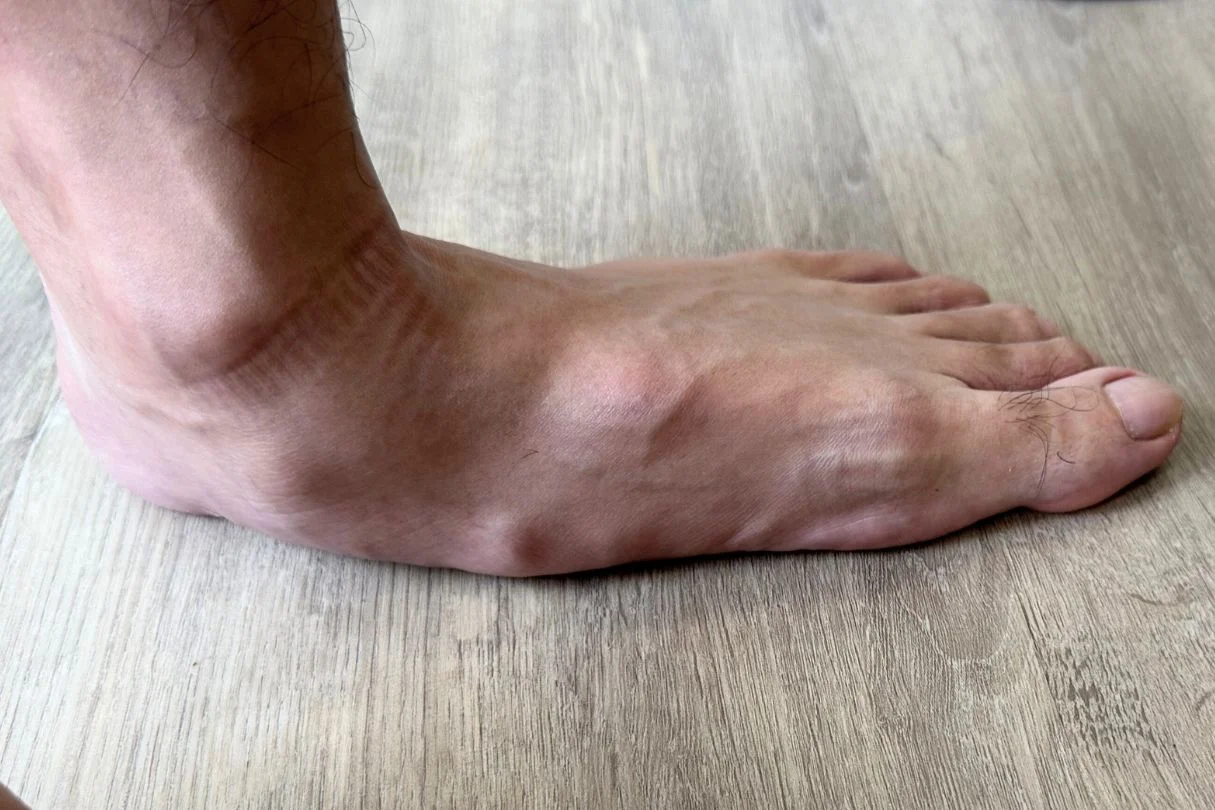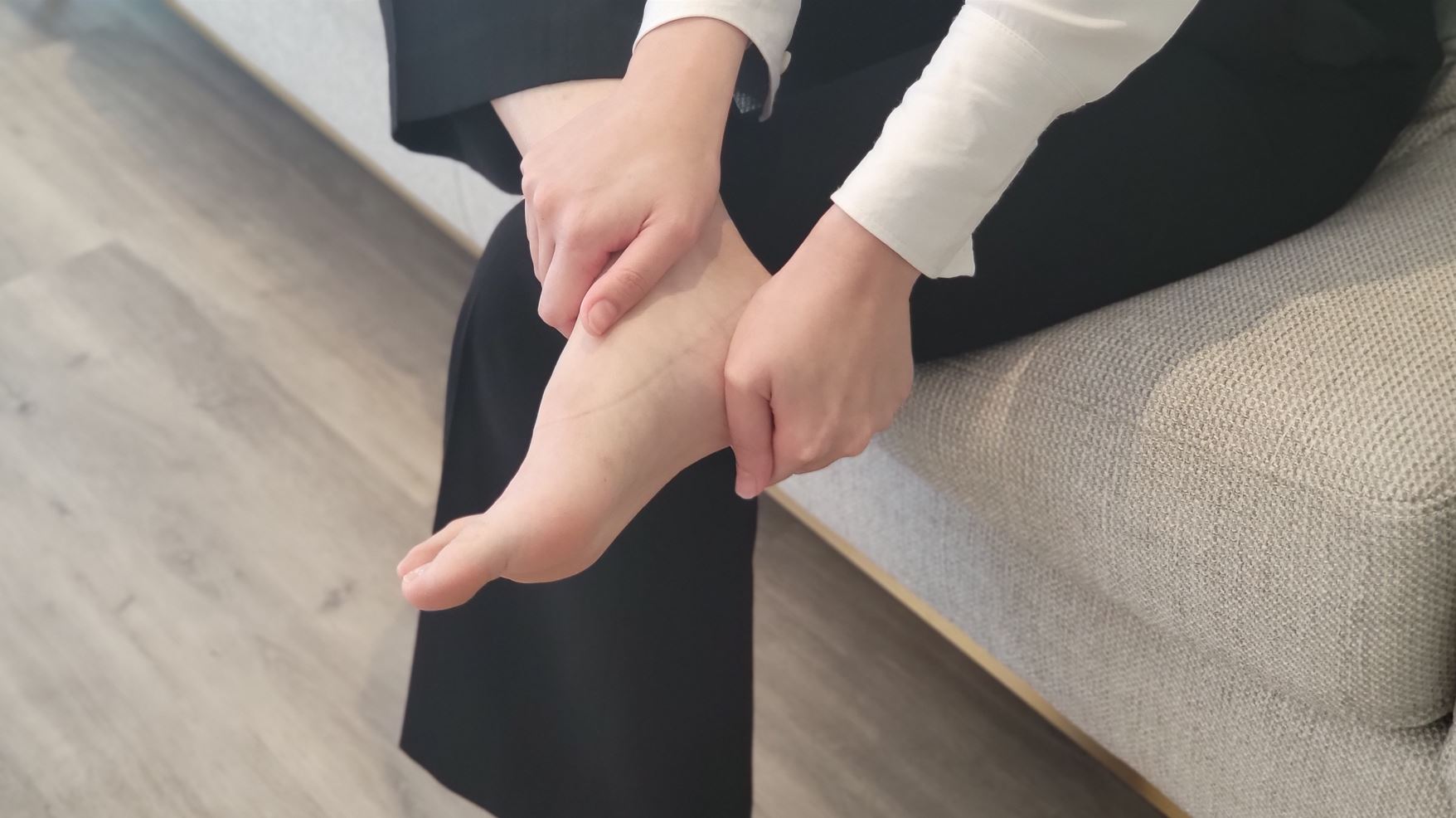
Bunions
Bunions or hallux abductovalgus, are a joint deformity where the big toe curve towards the lesser toes. People with bunions often complain of difficulty fitting into shoes due to the wide forefoot caused by bunions. Bunions are a progressive condition and cause overlapping toes to develop at their severe stages. It can affect adults and children, with the latter known as juvenile bunions.
Bunions affect the function of our big toe joint in walking, causing stress to other foot or toe joints and disrupting the pressure distribution under the foot. Commonly associated conditions caused by bunions include corns or calluses, plantar plate injury or hallux rigidus.





